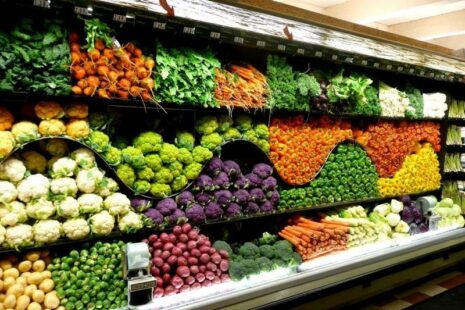
Although the Covid-19 pandemic has caused a greater focus on, and intake of, fresh vegetables, vegetable growers have not profited from the trend. In fact, growing input prices over the same time period have added to the sector’s financial challenges. Despite record increases in farm input costs, vegetable and potato prices are currently steady over the previous two years, according to an Ausveg Advocacy Update released on February 21.
Retail prices for produce have managed to remain at pre-pandemic levels, according to the latest data from the horticulture trend analysis programme, Harvest to Home, while growers face an increment of more than 40% in fertiliser, chemical, and fuel costs, as well as increases of more than 20% in wages and even airfares.
The collected data showed staple vegetables only experienced moderate price increases over the past two years:
Potatoes: 4.34pc
Onions: 10pc
Carrots: 8.8pc
Lettuce: 2.67pc
Celery: 0.3pc
Broccoli: 24pc
Vegetable prices have witnessed the smallest percentage increase in price among all agricultural commodities, at just 7.5 percent across the subgroup of crops. This is significantly below the average percentage increase in agricultural commodities, which is around 59.2%, as well as the average percentage increase in input expenses, which is a staggering 110.3 per cent. These are disturbing figures that get to the heart of the fresh fruit industry’s supply chain problems.
Freshcare, a fresh produce quality assurance organisation, has backed Ausveg’s proposal for higher grower returns. Growers have kept Australians nourished during the pandemic, according to Freshcare CEO Jane Siebum, with some of the highest-quality fruit in the world. It is an undeniable fact that Growers deserve a fair price. Therefore, these are troubling figures that speak to the core of the fresh produce industry’s problems, which must be addressed for the industry’s long-term viability. As an industry, everyone should be focused on the horticulture sector’s long-term viability and sustainability. In addition to higher input costs, beginning in April, farmers will be required to pay seasonal workers on a piece rate a minimum wage floor rate. Workers covered by the Horticulture Award must be paid $25.41 per hour, plus 25% for casual work loading, according to a judgement by the Fair Work Commission in early February.
No related posts found.